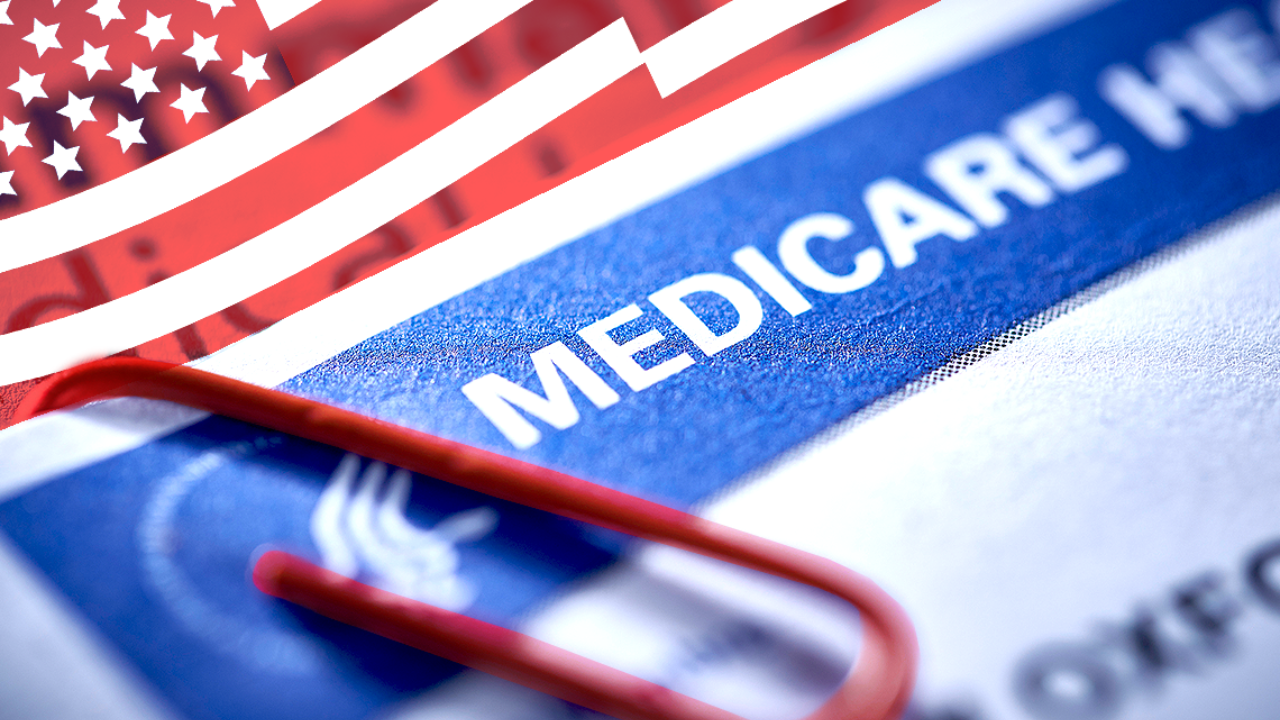U.S. faces escalating doctor shortage as Medicare cuts drive exodus

WASHINGTON D.C., UNITED STATES — The United States is grappling with a severe physician shortage, expected to reach 86,000 doctors by 2036, according to the Association of American Medical Colleges (AAMC). This development comes as Medicare payment cuts drive independent practitioners out of business.
In a U.S.News commentary, contributor Sally Pipes said the crisis will otherwise result in higher expenses, long waits, and restricted access, particularly in rural areas, unless Congress intervenes to modify the reimbursement policies.
Medicare cuts accelerate doctor exodus
According to the American Medical Association, since 2001, physician pay has risen by just 10%—far below the 70% increase for hospitals—and after accounting for inflation, doctors have effectively seen a one-third pay cut.
Consequently, a considerable number of doctors are quitting private practice to join hospital systems or retiring earlier.
The Physicians Advocacy Institute reports that since 2019, the number of physician practices acquired by hospitals and corporate entities has surpassed 44,000.
By 2024, most physicians would be working in hospitals, which would restrict patient choice and escalate the expenditure.
Hospital consolidation drives up costs
When hospitals acquire independent practices, medical costs rise significantly. A 2013 study found that services cost 14% more after acquisition, while a 2024 Avalere Health report showed that Medicare spending increased by $1,300 per patient in the year following their doctor’s shift to a hospital system.
Routine procedures, such as colonoscopies, can double in price when performed in hospital outpatient departments.
This consolidation also strains taxpayers, as Medicare pays more for the same services in hospital settings.
The Congressional Budget Office estimates that “site-neutral” payments—equalizing reimbursements across settings—could save $100 billion over a decade. Without reform, patients will face higher bills, and Medicare’s financial burden will continue to grow.
Solutions exist, but Congress must act
The raising of Medicare pay cuts and basing future payments to doctors on inflation may serve to retain independent doctors.
Bipartisan ideas embrace what is known as site-neutral payments, which ensure that Medicare pays the same for a procedure performed in a hospital as it does in a privately owned clinic. This approach would create a fair and equitable environment for physicians.
In the long run, Pipes believes Medicare should switch to a direct payment model, where direct deposits to healthcare savings accounts for each individual could liberate the patient and encourage doctors to set market prices.
Without action, the physician shortage will continue to deepen, leaving millions struggling to access care. As medical school applications decline for the third consecutive year, the need for reform grows increasingly urgent.

 Independent
Independent




